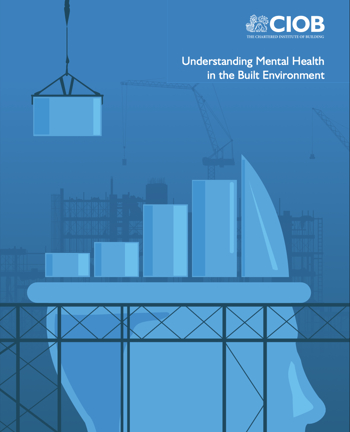Preliminary business case for construction project
The preliminary business case sets out a justification for the investment that would be required by a potential development. It is used to decide whether the potential project merits being investigated in more detail.
A preliminary business case should be prepared very early in the project, before any decision has been made to proceed. It allows the client to explore high level options for meeting the requirements set out in the statement of need. This may include an assessment of comparable projects.
Experienced clients may have in-house expertise allowing them to prepare a preliminary business case. However, some clients will not have the full range of skills required and may wish to appoint independent client advisers to assist them.
A preliminary business case may include:
- Funding options.
- Legal agreements.
- Management structure.
- Objectives and mission statement.
- An assessment of constraints.
- Alternative solutions, such as refurbishment, or changing operational practices.
- A summary of options considered and discarded.
- Assessment of the main hurdles to surmount, show-stoppers, uncertainties and risks.
- Assessment of previous similar projects and lessons learned.
- Assumed procurement route.
- Assumed programme and phasing.
- A schedule of consultants that will be required.
- The market and competition.
- The budget, inclusions and exclusions and contingency allowance.
- A description of the business needs, benefits and keys to success and value.
- Public relations and external communications strategy.
- An assessment of any political consequences of the project.
- An assessment of the likely costs for the next stage.
- A proposal for the way forward.
- Relevant research, including assessment of similar facilities.
The preliminary business case is likely to be in a report format, however, where possible, information and requirements should be scheduled in a database or spreadsheet format that will be easy to expand and will be easy to use to test whether proposals satisfy requirements later in the project.
When, or if consultants are appointed, the preliminary business case should be updated to include their feedback and recommendations.
Once feasibility studies and options appraisals have been carried out by the consultant team, the preliminary business case should be developed into a full business case for the preferred option. The full business case is the document that will be used to obtain authority for the preferred option to progress to concept design.
[edit] Related articles on Designing Buildings Wiki
- Benchmarking.
- Budget.
- Business case.
- Cash flow.
- Client requirements.
- Constraints.
- Contingencies.
- Cost plans.
- Development appraisal.
- Feasibility studies.
- Funding options.
- Funding prospectus.
- Mission statement.
- Options appraisals.
- Risk.
- Risk management.
- Risk register.
- Whole-life costs.
[edit] External links
- OGC guidance on business cases.
- HM Treasury: Green Book, a framework for the appraisal and evaluation of projects.
Featured articles and news
The UK's Modern Industrial Strategy: A 10 year plan
Previous consultation criticism, current key elements and general support with some persisting reservations.
Building Safety Regulator reforms
New roles, new staff and a new fast track service pave the way for a single construction regulator.
Architectural Technologist CPDs and Communications
CIAT CPD… and how you can do it!
Cooling centres and cool spaces
Managing extreme heat in cities by directing the public to places for heat stress relief and water sources.
Winter gardens: A brief history and warm variations
Extending the season with glass in different forms and terms.
Restoring Great Yarmouth's Winter Gardens
Transforming one of the least sustainable constructions imaginable.
Construction Skills Mission Board launch sector drive
Newly formed government and industry collaboration set strategy for recruiting an additional 100,000 construction workers a year.
New Architects Code comes into effect in September 2025
ARB Architects Code of Conduct and Practice available with ongoing consultation regarding guidance.
Welsh Skills Body (Medr) launches ambitious plan
The new skills body brings together funding and regulation of tertiary education and research for the devolved nation.
Paul Gandy FCIOB announced as next CIOB President
Former Tilbury Douglas CEO takes helm.
UK Infrastructure: A 10 Year Strategy. In brief with reactions
With the National Infrastructure and Service Transformation Authority (NISTA).
Ebenezer Howard: inventor of the garden city. Book review.
The Grenfell Tower fire, eight years on
A time to pause and reflect as Dubai tower block fire reported just before anniversary.
Airtightness Topic Guide BSRIA TG 27/2025
Explaining the basics of airtightness, what it is, why it's important, when it's required and how it's carried out.
Construction contract awards hit lowest point of 2025
Plummeting for second consecutive month, intensifying concerns for housing and infrastructure goals.
Understanding Mental Health in the Built Environment 2025
Examining the state of mental health in construction, shedding light on levels of stress, anxiety and depression.






















Comments
To start a discussion about this article, click 'Add a comment' above and add your thoughts to this discussion page.